The article "Differential Amplifier Forms the Core of Precision Current Source" published in "Analog Dialogue" in September 2009 describes how to use the unity gain differential amplifier AD8276 and the micropower operational amplifier AD8603 to implement a precision current source. Figure 1 shows a simplified version of this circuit for low-cost, low-current applications. Figure 1. Simple current source for low-cost, low-current applications The output current IO is approximately equal to the differential input voltage VIN + – VIN– divided by R1. The derivation process is as follows. Experimental setup 1. AD5750EVB (AD5750 driver and AD5662 16-bit nanoDAC®) provides bipolar input for AD8276. 2. Multimeter OI-857 measures input voltage, output voltage and resistance. 3. The nominal values ​​of R1 and RLOAD are 280 Ω and 1 kΩ, and the measured values ​​are 280.65 Ω and 997.11 Ω, respectively. 4. Divide the measured voltage by RLOAD to get the output current. Figure 2. The relationship between ideal and actual output current and differential input voltage Experimental result Figure 2 shows the relationship between output current and input voltage. The X axis is the differential input voltage, ranging from –3.2 V to +3.2 V; the Y axis is the output current. The four lines respectively show the ideal current output and the actual output at –40°C, +25°C, and +85°C. Figure 3 shows the relationship between output current error and input voltage. The three lines show the error at –40°C, +25°C, and +85°C, respectively. Figure 3. The relationship between output current error and input voltage The actual output current is limited by the AD8276 short-circuit output current shown in Figure 4. At –40°C, the short-circuit current is approximately 8 mA. Figure 4. The relationship between AD8276 short-circuit output current and temperature Summarize By removing the external boost transistor and buffer and adding a resistor, the AD8276 can be used to construct a low-cost, low-current current source with a total error of less than about 1.5% in the temperature range of –40°C to +85°C. When powered by a ±15 V power supply, the output current range over the entire temperature range is approximately –11 mA to +8 mA. A unipolar current source can be constructed when a +5 V single power supply is used. High Voltage STA Armored Cable High Voltage STA Armored Cable is a type of Power Cable that is designed to carry high voltage electricity in a safe and efficient manner. It is commonly used in industrial and commercial applications where high voltage power is required for heavy machinery and equipment. High Voltage STA Armored Cable,PVC Sheathed Electric Cable,Copper Conductor Power Cable,High Voltage Xlpe Power Cable Ruitian Cable CO.,LTD. , https://www.rtlinecable.com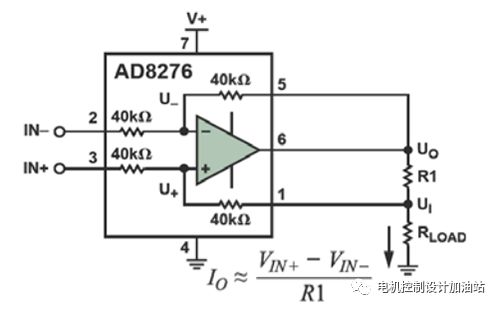
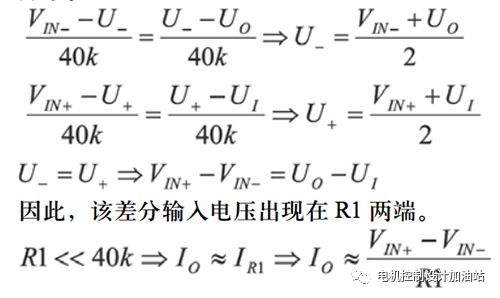
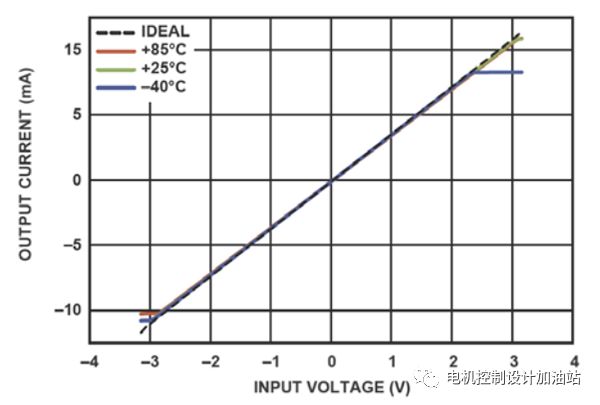
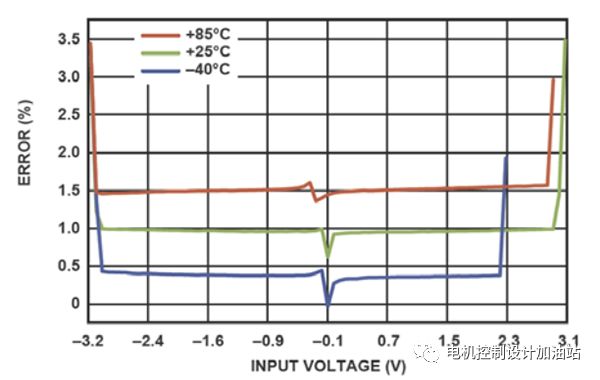
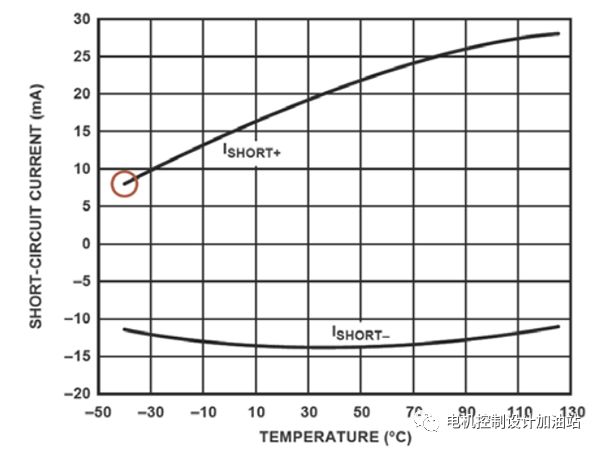
The cable is constructed with a solid or stranded copper conductor, which is insulated with a high-quality material such as XLPE or EPR. The insulation provides excellent electrical properties, such as high dielectric strength and low capacitance, which ensures that the cable can handle high voltage without any breakdown.
The cable is then wrapped with a layer of galvanized steel tape armor, which provides mechanical protection against external damage, such as impact and abrasion. The armor also helps to prevent the cable from being damaged by rodents and other animals.
Finally, the cable is covered with a sheath made of PVC or PE material, which provides additional protection against moisture, chemicals, and other environmental factors. The sheath also makes the cable more resistant to fire, which is important in industrial and commercial settings.
Overall, High Voltage STA Armored Cable is a reliable and durable solution for carrying high voltage power over long distances. It is available in a range of sizes and specifications to meet the specific needs of different applications.